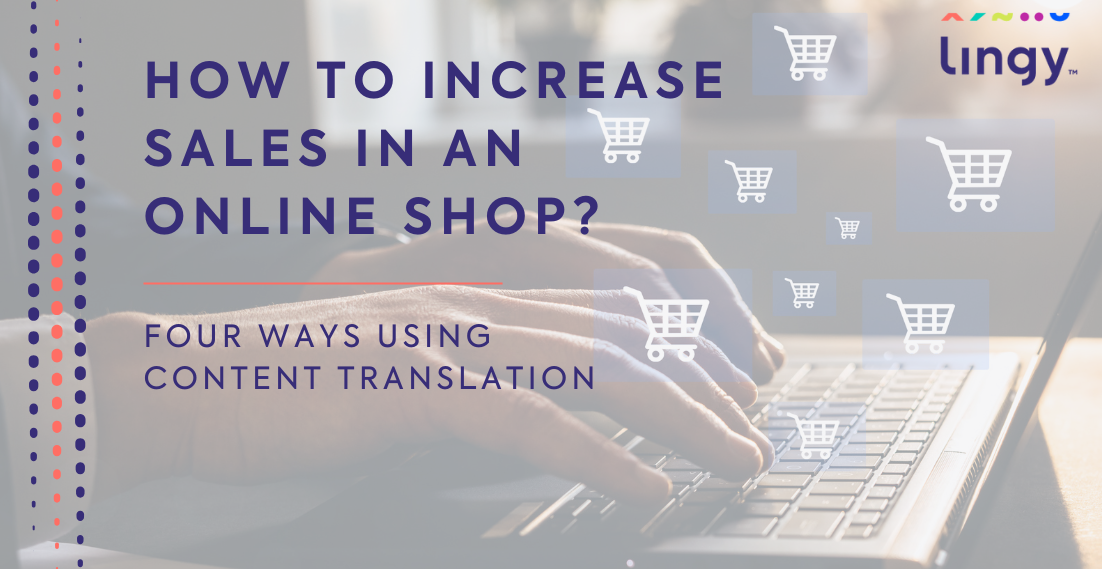What is Translation Memory and How Does It Benefit Your Business?

According to Wikipedia Translation Memory (TM) is “a database that stores segments, which can be sentences, paragraphs or sentence-like units (headings, titles or elements in a list) that have previously been translated, in order to aid human translators.” For example, when a translator uses TM, a sentence in English once translated to French is saved in the database along with the translated text. What is saved is called a translation unit.
The purpose of using translation memory is to avoid translating the same content over and over again in the future. How this is averted is when a translator is working through the translation memory system it goes through the content they’re translating and looks for similar content in its database. If a match is found the system retrieves the translation unit and shows it to the translator for them to use. It will also show the translator to what degree the source text matched what is in the database.
For your business to have translation memory you need to purchase a TM system. The decision to buy such as system, however, should be influenced by the type of content you translate. If you regularly update or translate a lot of repetitive content having a translation management system would be ideal. If the content translated varies such that a translator may not encounter similar documents again translation memory is not a priority for you.
If you outsource your translation you should ask the internet translation agency you work with if they use a translation memory tool. Most professional translation services work with translation memory systems.
So what are the advantages of your business having translation memory?
1. Your translations get done faster
Translating content can be a difficult and time-consuming task. A translator, for example, needs to spend some time researching unfamiliar terms to ensure they are translated correctly. When you use translation memory, the time spent researching can be significantly reduced because words that are commonly used are already in your database. So the more entries in the TM you create, the less amount of time translators will use to translate, hence you will achieve quicker turnaround on projects.
When you start using a translation memory system the translation output may not immediately go up. Actually, it may take a translator the same amount of time or more to translate a piece of content. This is because they’ll be a learning curve on how to use the translation memory. Research shows that most of the best human translators are comfortable using translation memory after one to two weeks of regularly using it.
The process of entering the translation units is also slow as you need to be careful to put the right terms since they’ll be used frequently in the future. But once a translator is comfortable using the TM database productivity can increase by up to 40%.
2. You pay less for translation services
Professional language translation services usually charge you per word or hour to translate your content. With a translation memory you’ll pay less whether you pay per hour or per word. Here is why. You have a database of content that’s already translated. So a translator doesn’t have to do these translations again and instead, they can focus on newer translations. That means they will have fewer words to translate and they can do that in a shorter time. Also, if you’re paying per word the closer the source text matches to what is in the database the less cost per word you pay.
Translation memory content matches can be 100% for identical content, content match which shows a match between two subsequent segments, and fuzzy match for cases where there are a few differences between the source text and what is in the database. If a lot of your content is 100% match you obviously pay less for your translation.
I know translators may not be too happy to have clients pay less for their translation but using translation memory is also good for them. They will be able to complete work in less time, which means they have more free time to take on other projects that earn them more money. Also for your business, because translators are getting more done, you may only need five translators instead of ten to do your translation, this reduces your wage bill.
3. You ensure your message is consistent
If you have got a lot of content you want to be translated you will need to hire a team of translators to do the work, which is ok. However, having several translators may make it difficult to be consistent throughout your content. This is not good as conflicting brand messages may confuse your potential customer and make you lose business.
Avoid inconsistency by using translation memory. TM systems can be accessed by several people at the same time, and translators using the platform will be given suggestions on words and phrases that have been translated elsewhere on a document by other translators, therefore helping the team maintain consistency.
4. You ensure all your content is translated
If your translator works on a Word document as they do their translations it is possible that they may skip some parts of the text. With a translation memory system, this cannot happen as translation is done line by line so you can quickly check to see if all the text has been translated.
5. You can immediately put a translator to work
When you hire a new translator, they will probably say they need time to understand a particular subject. With TM that time is significantly reduced as they can work on the system and learn the industry terms as they go about their work.
Conclusion
Your business having translation memory will save you money, time and ensure you always deliver a consistent message. If you don’t have the funds to buy your own TM system, partner with a professional language translation agency utilizing translation memory technology and they’ll help you create a translation memory for your business.
Professional translation services? We will provide it!
Christmas Sale and Google Ads Campaign – How Marketing Translation Boosts Your Holiday Advertising
The Christmas season is a peak period for every marketing team and marketer. From e-commerce stores to service providers, everyone competes for the attention of shoppers ready to spend. A well-planned Google Ads campaign can make or break your holiday sales. But even the most creative advertising copy will fall flat if your message isn’t […]
Q4 Marketing Campaigns – The Last Call to Translate Your Online Content
In the last quarter of the year, many companies – especially in e-commerce – record their highest sales figures. Christmas shopping, clearance events, and Black Friday promotions encourage purchases not only because of discounted prices but also, due to powerful marketing campaigns that spark consumer excitement.
Black Friday in Poland – how to prepare your online shop?
tion process is not only about changing words from one language to another. It involves an understanding of local culture, brand voice, and cultural nuances.
How to increase sales in an online shop? Four ways using content translation
Wondering how to increase sales in your online shop? Check out our 4 ways with content translation.



